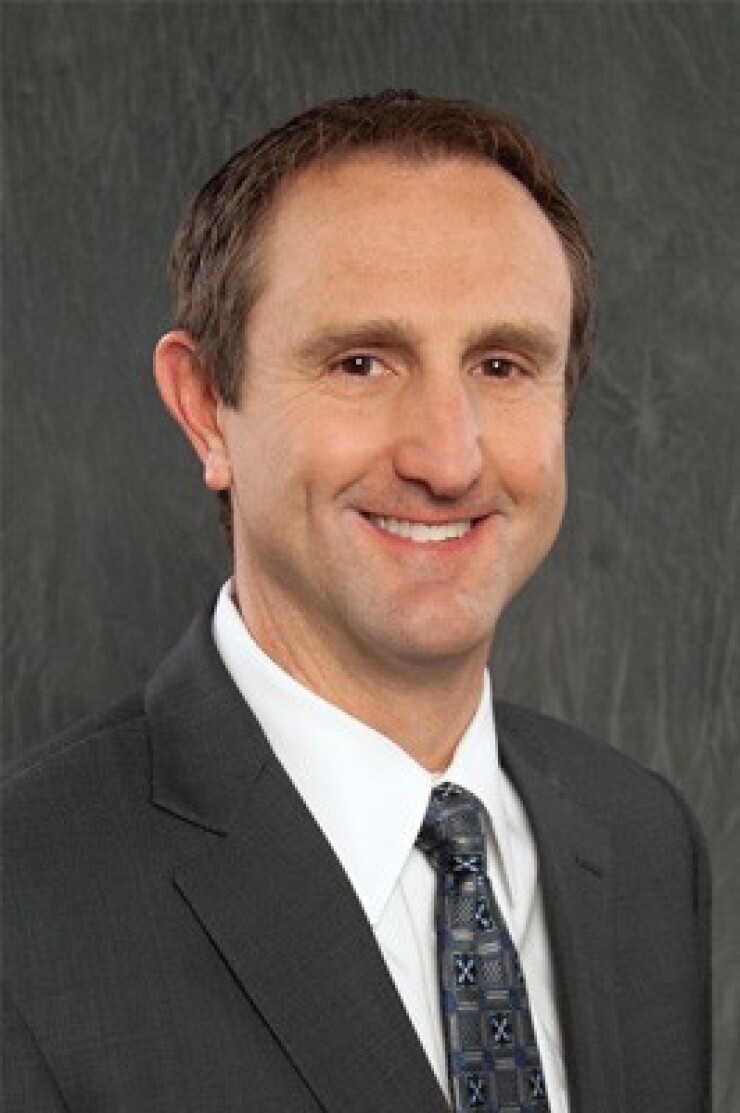In late 2017, American Family Insurance appointed Todd Fancher its first chief digital transformation officer. He speaks to Digital Insurance about his role leading the carrier's digital transformation office and how it will operationalize innovative ideas.
DI: The term “transformation” has taken on many interpretations in insurance. How is it defined at AmFam?
Fancher: Because we’ve been transforming for many years, “digital transformation” is an ongoing evolution for us, rather than any single initiative with a start and end date. At a high level, it means infusing the business with advanced digital capabilities to improve the customer experience, achieve operating efficiencies and drive industry change.

More specifically, our definition will include leveraging technologies, such as AI, machine learning or robotic process automation, but it’s really about data and how we’ll utilize it. Like most insurers, we have decades of outcome data. Now, with evolving capabilities, the availability of new data sources and advances in analytical modeling, we can marry historical data with real-time data to create something more powerful. The ultimate goal is establishing new ways of working that are more data-driven in order to become more proactive and valued in our customers’ lives.
DI: Based on what you’ve shared, how does the new digital transformation office (DTO) fit in?
Fancher: As is well known, there’s a great deal of innovative, customer-focused work already taking place across AmFam. At the DTO, our mandate is being the centralized coordinator of transformation activities to accelerate progress toward digital maturity and help scale advanced solutions to benefit our customers, company, employees and agents.
We’ll accomplish our mandate by bringing discipline to defining a business problem and then helping the business unit collaborate with others, internally and externally, to determine the technologies, partners and ecosystems that are needed for the solution. This will typically include tapping into expertise from our
In other words, we’ll be the hub that takes a holistic view to help the guide the spokes to ensure an individual project isn’t addressing “Step 4” before completing “Steps 1, 2 and 3.” As part of this process, it’s our job to ensure that we build an overall infrastructure where the technologies not only integrate with each other, but also provide us with a flexible, robust and adaptable environment that enables AmFam to offer the ultimate customer experience, no matter how the definition of ‘customer experience’ changes over time.
DI: Functionally, how will the DTO’s mandates be carried out?
Fancher: The DTO will have a dedicated staff of 80 or 90 employees once we’ve completed hiring, divided into three teams. The number of individuals on each of the teams will fluctuate over time, to mirror enterprise transformation needs, but every business initiative will flow through the three teams.
Strategy assists a business unit with laying out the vision and roadmap for solving a specific need by helping break down a challenge and formulating a business case – in teams we call “pods” – for addressing the challenge, aligning closely with our enterprise strategy. The skill set of people on this team will be akin to a business architect, with individuals having specialized expertise within each of our business lines. At any given time, a strategy team member will understand a line’s profit and loss plan for the year, what the operational struggles and customer pain points are, where the gaps are and what initiatives are currently underway or necessary to close those gaps.
Portfolio management will pick up from the strategy team to determine what resources are required to address each pod’s needs, such as collaborating with a data scientist from our data science lab, as well as developing and monitoring key metrics that drive results. Individuals on this team will have experience in human-centric design, lean start-up and project management to know how to break down a problem into an iterative approach in order to create a minimum viable product (MVP). During this process, there will come a point where we’ll determine whether a pod should stop, pivot or persevere. Examples would be stopping a pod because the solution path is proving insufficient, pivoting because assumptions about the customer pain point proved incorrect or persevering because customers have confirmed that the MVP addresses the pain point.
Ignite takes persevering pods through lean customer value and lean startup processes. For lean customer value, the team works with the business to ensure a pod is only digitizing processes that have eliminated waste and inefficiency. Incorporating the lean start-up tools and methodologies, the Ignite team helps the business maximize outcomes while de-risking potential solutions. The Ignite team actually existed prior to forming the DTO and it made the most sense for them to join our office. Individuals on this team have direct experience with applying lean methodologies. They assist business teams by understanding their current customer value chain and process flows in order to lean out those processes, in the traditional sense. Originally, many of the members were hired from the outside but, over time, we’ve also developed internal expertise.
DI: Given the mandates of the DTO, why were you a fit for leading the office and what drew you to the position?
Fancher: Although many companies fill this role with a technologist, I’m not. Instead, I’ve gained a 360-degree view of our business and the industry during my years of varied AmFam experiences, all of which I bring to this role. I began my tenure as a personal lines underwriter and then transitioned to the sales side, where I was an agent before moving up through the sales leadership ranks. Initiatives I worked on included helping to develop and roll out our agent-facing CRM platform. Most recently, I led our Life Company, which provided invaluable insight into the complete customer journey.
With the possibilities that new tools and technologies offer to AmFam for accelerating our ongoing transformation, it’s an exciting time. That’s what drew me to this role.





